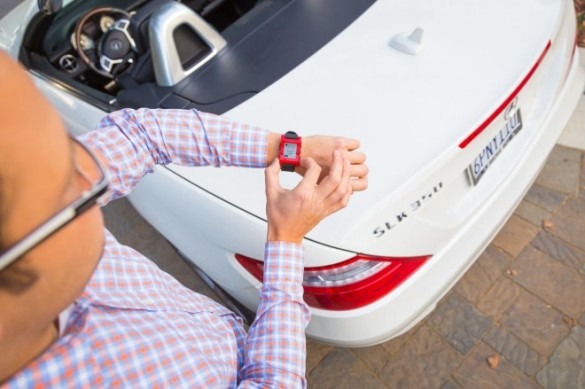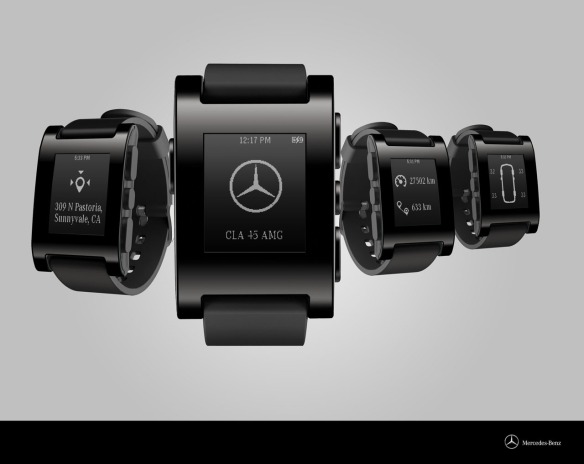
The Renault-Nissan Alliance and Microsoft Corp. have signed a global, multiyear agreement to partner on next-generation technologies to advance connected driving experiences worldwide.
The companies will work together to develop next-generation connected services for cars powered by Microsoft Azure, one of the company’s intelligent cloud offerings. These new services will improve customer experience via advanced navigation, predictive maintenance and vehicle centric services, remote monitoring of car features, external mobile experiences and over-the-air updates.
“A car is becoming increasingly connected, intelligent and personal,” said Ogi Redzic, Renault-Nissan Alliance senior vice-president, Connected Vehicles and Mobility Services. “Partnering with Microsoft allows us to accelerate the development of the associated key technologies needed to enable scenarios our customers want and build all-new ones they haven’t even imagined. We aim to become the provider of connected mobility for everyone with one single global platform.”
The Renault-Nissan Alliance is pioneering autonomous driving and connectivity features on mainstream, mass-market vehicles at affordable prices. The Alliance aims to develop connectivity technologies and features to support the launch of more than 10 vehicles with autonomous driving technology by 2020 with services to maximize better use of newly found in-car free time.
Renault-Nissan will continuously develop and launch new connected services and applications that make it easier for people to stay connected to work, entertainment and social networks, and offer vehicle centric services that will simplify and enhance engagement with the car through usage-based information, remote access, remote diagnostics and preventive maintenance
Microsoft Azure provides a proven, secure global cloud platform with unlimited scale that allows Renault-Nissan to deliver services worldwide to its broad customer base.
Renault-Nissan selected Azure in part because of its enterprise-grade security and Microsoft’s rigorous commitment to compliance. In addition, Azure supports multiple operating systems, programming languages and tools, providing flexibility and choice to build a common platform for Renault-Nissan to deploy services to both Alliance brands.
“While the connected car experience is in its infancy, we believe there’s so much potential to dramatically change the industry. We are partnering to accelerate Renault-Nissan’s mobile and cloud strategies and unlock new experiences for their customers,” said Jean-Philippe Courtois, executive vice president and president, Microsoft Global Sales, Marketing and Operations, Microsoft. “Renault-Nissan is an exceptional partner thanks to its global presence and range of brands, which enable it to bring entirely new mobile and digital experiences to so many people. This collaboration will bring a new standard to connected cars.”
Focus on next-generation technologies
The partnership will accelerate development of best-in-class infotainment and location-based services that will:
Allow customers to personalize and protect their settings: Customers will be able to customize their settings knowing that data is safe and that they have the option to transfer the settings from one car to another, or lock them and disable transfer. By adding a driver-centric experience in the car, the drive becomes personal and allows for things like adaptive route suggestions and advanced navigation.
Productivity: With Microsoft, Renault-Nissan will expand the realm of productivity into the car – transforming the daily commute into a productive experience by seamlessly integrating the digital experiences present at work and life into the car.
Give access to over-the-air updates: Customers will be able to download over-the-air updates to, for example, have the latest autonomous drive software and collision-avoidance applications.
Help customers stay in touch: Customers will be able to easily check in and communicate their estimated time of arrival, or alert friends to a change of plans. They will also be able to use automatic payment from the car for highway tolls or parking, with a simple touch from the comfort of their seat.
Monitor the car from a distance: Car owners will be able to monitor their car from anywhere, through their mobile phone or laptop. They could transfer control to a friend or relative who needs their car – without transferring physical keys. They will use a mobile application that helps them find the car, can trigger remote charging and preconditioning and lock and unlock the car.
Protect the vehicle: Tracking software locates a stolen car and disables it at the next practical opportunity. “Geofencing” technology creates invisible fences around the car that will enable notifications when the car enters or exits a predefined area or route.
Improve the vehicle experience: By adding connectivity, customers will be able to have access to advance vehicle diagnostic services, allowing the car manufacturer to deliver unique features. Collecting real usage data will also support vehicle engineering to improve manufacturing quality.
ABOUT MICROSOFT
Microsoft (Nasdaq “MSFT” @Microsoft) is the leading platform and productivity company for the mobile-first, cloud-first world, and its mission is to empower every person and every organization on the planet to achieve more.
ABOUT THE RENAULT-NISSAN ALLIANCE
The Renault-Nissan Alliance is a strategic partnership between Paris-based Renault and Yokohama, Japan-based Nissan, which together sell one in 10 cars worldwide. The companies, which have been strategic partners since 1999, sold 8.5 million cars in nearly 200 countries in 2015. The Alliance also operates strategic collaborations with other automakers, including Germany’s Daimler, China’s Dongfeng, and Japan’s Mitsubishi Motors. The Alliance has a majority stake in the joint venture that owns Russia’s top automaker, AVTOVAZ.
@Info-courtesy autonews












 \
\

















